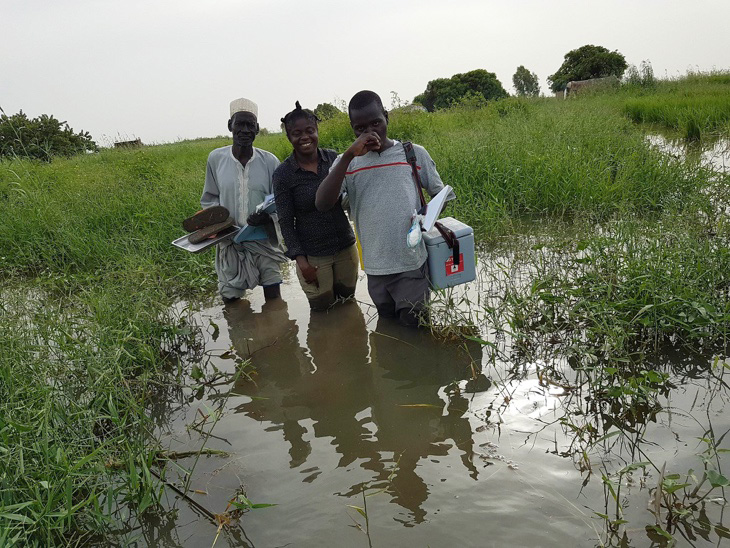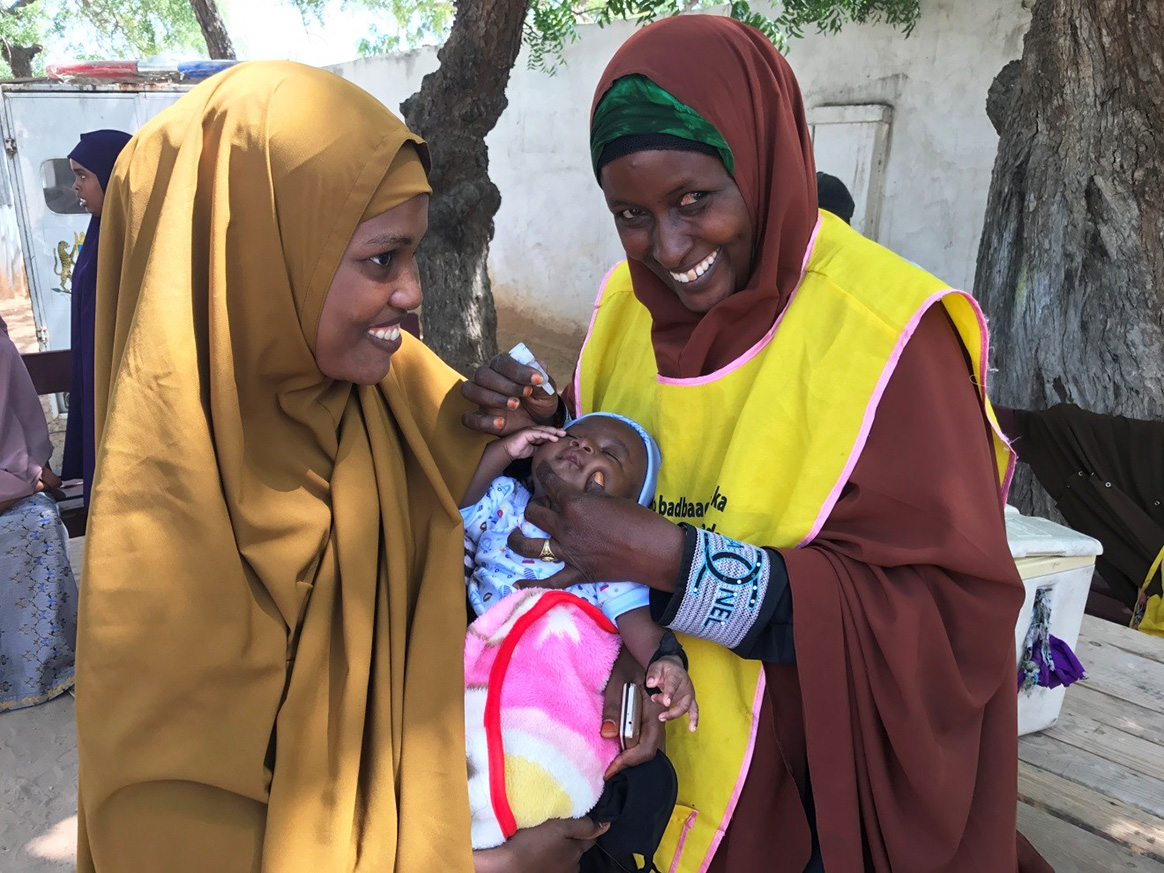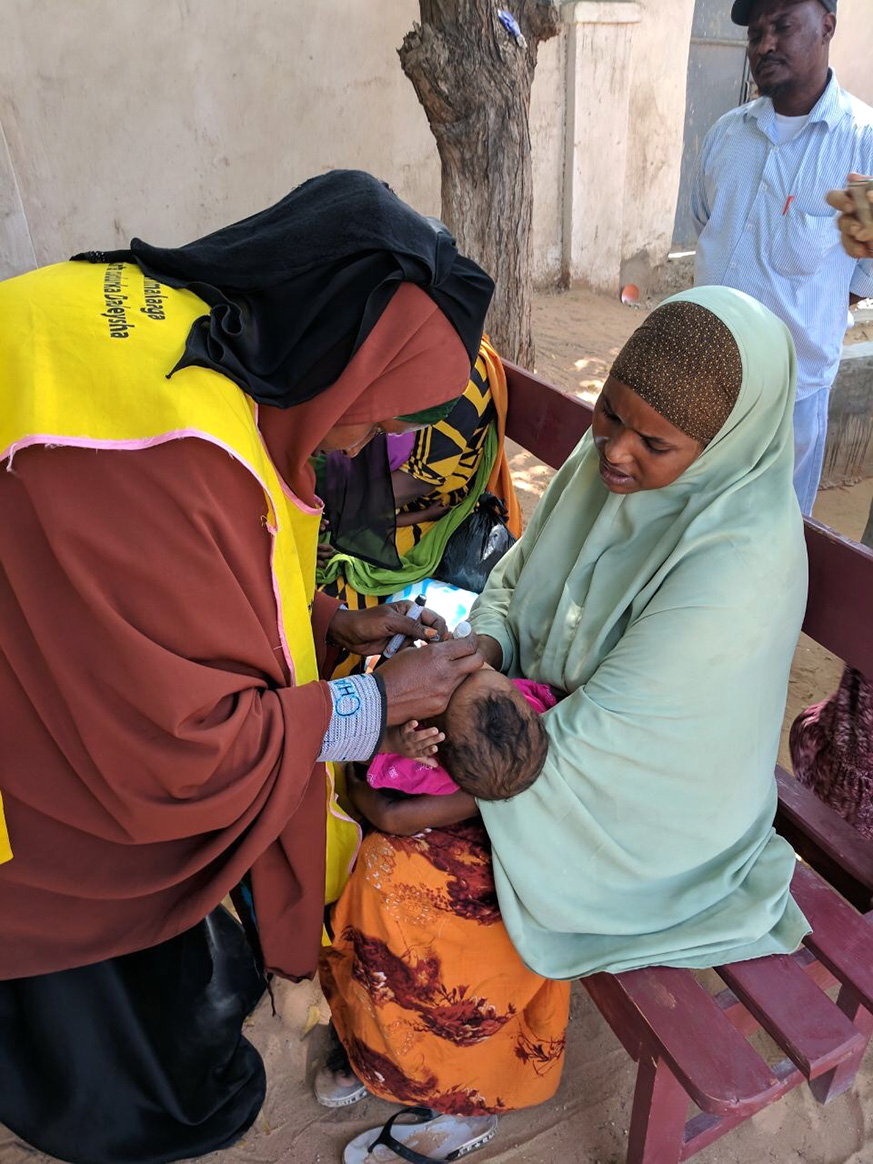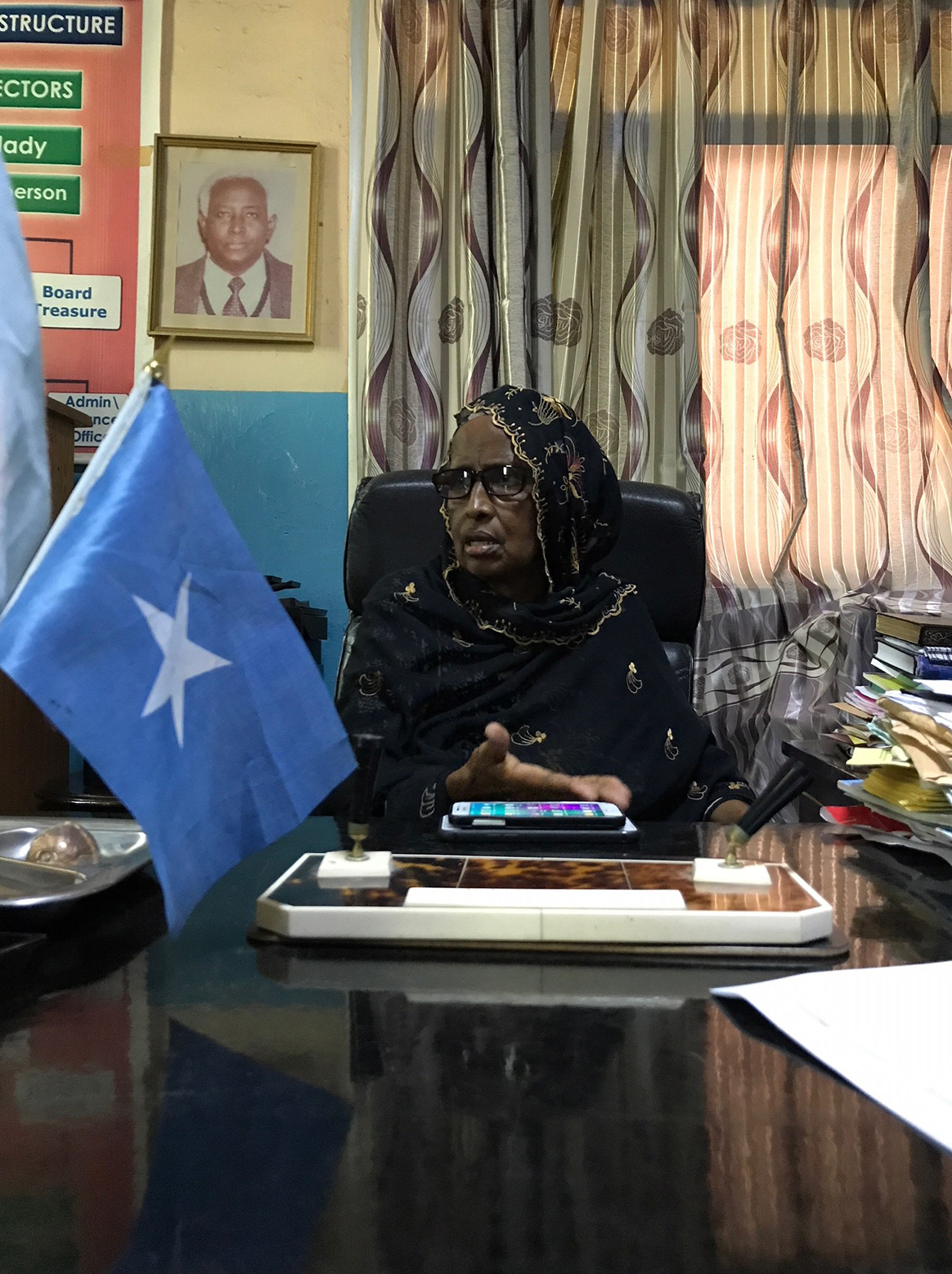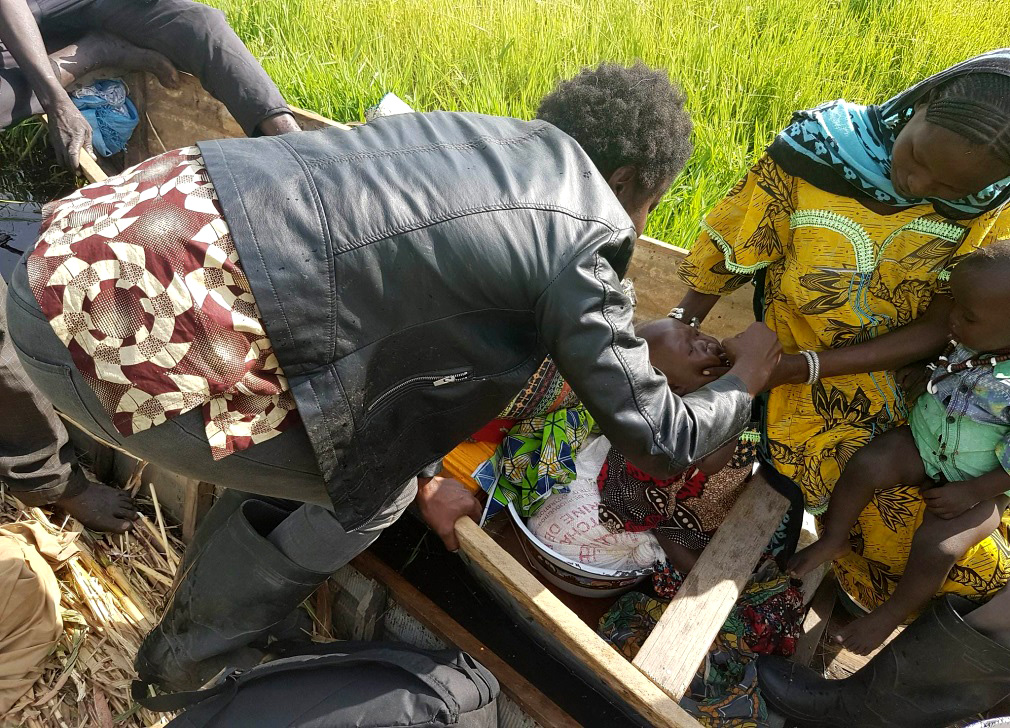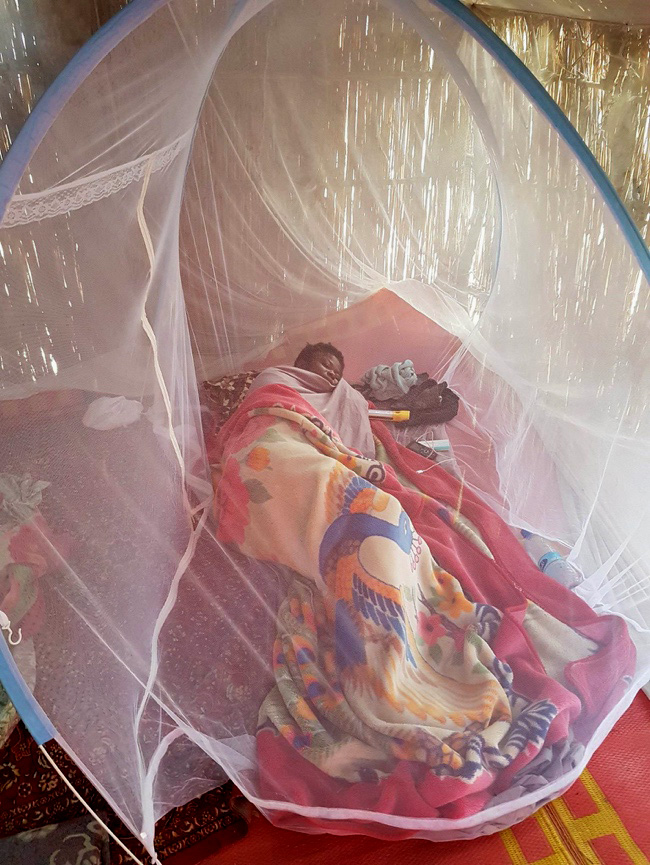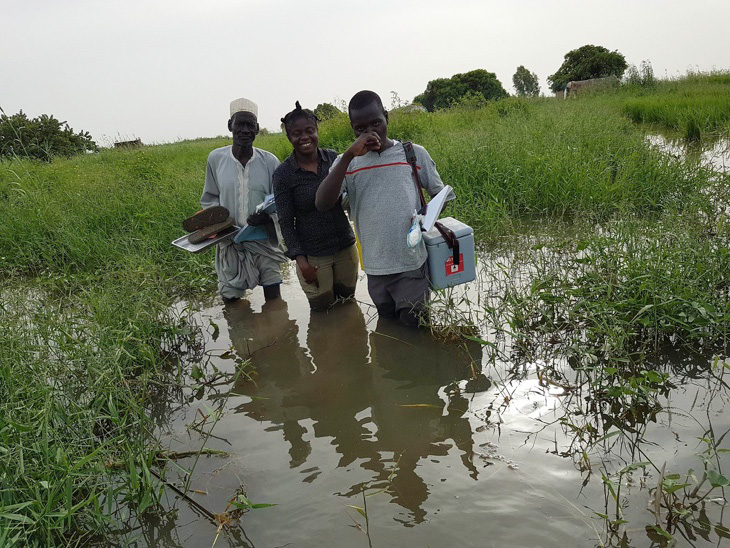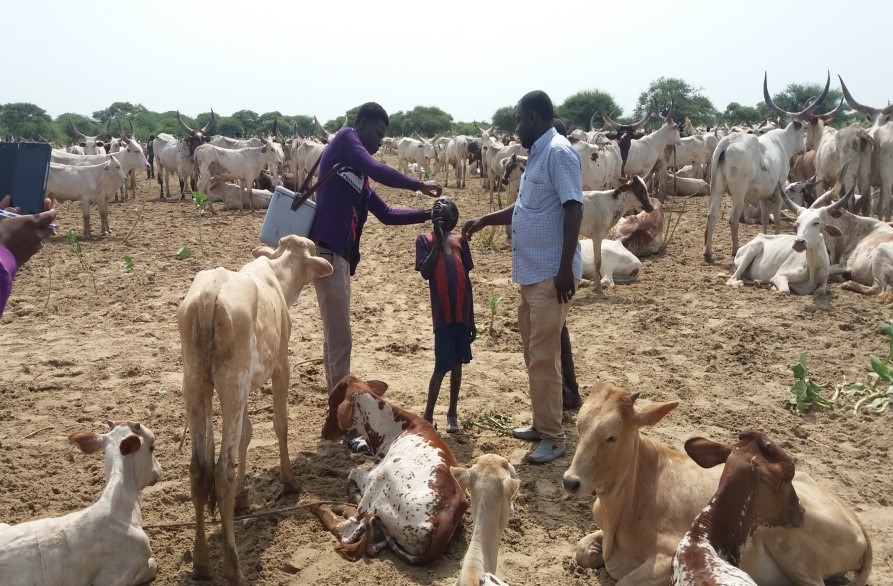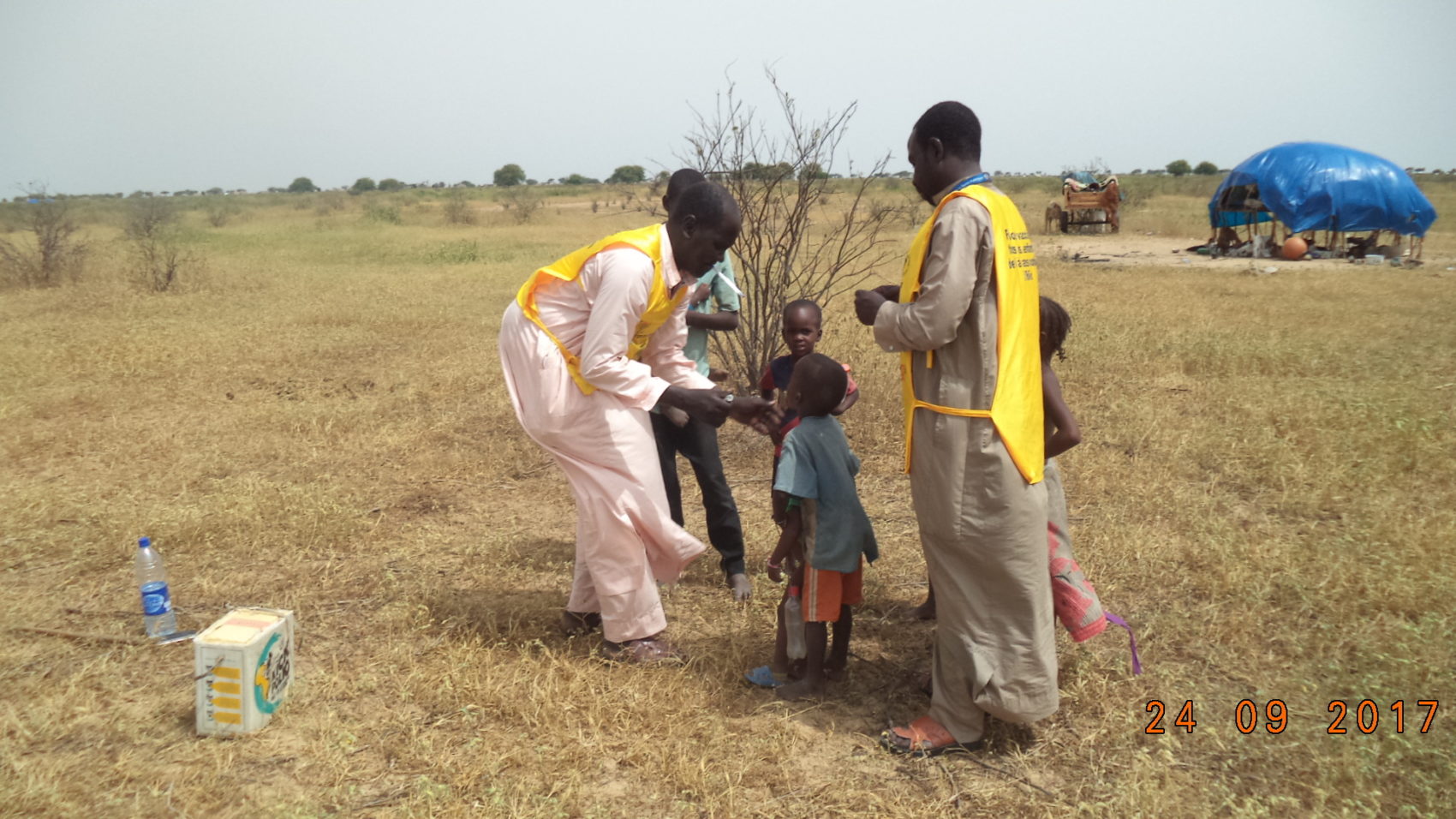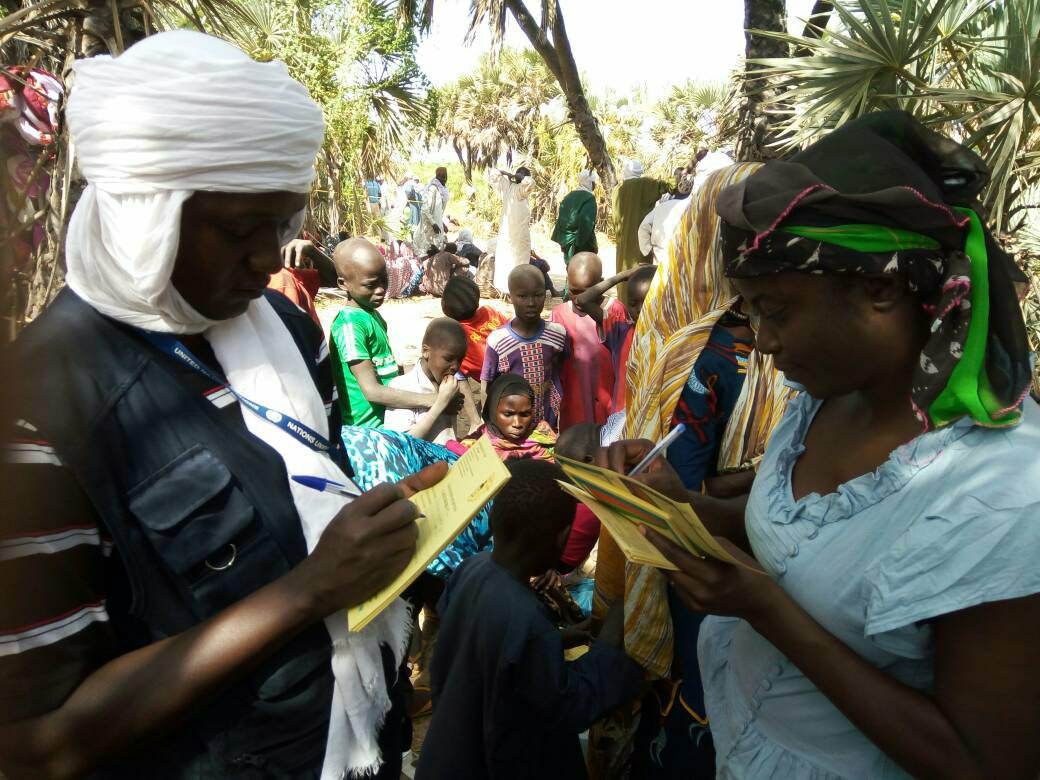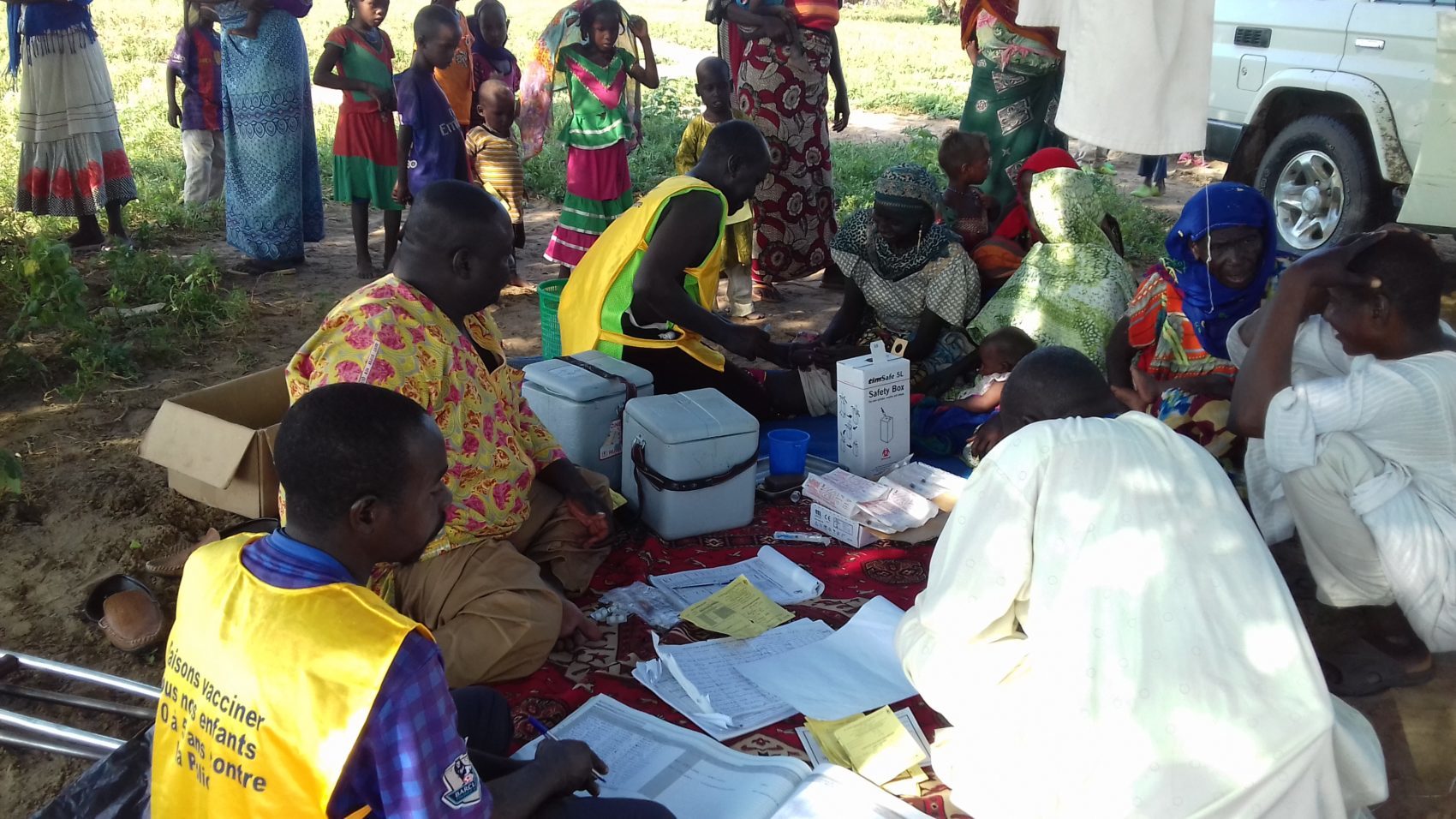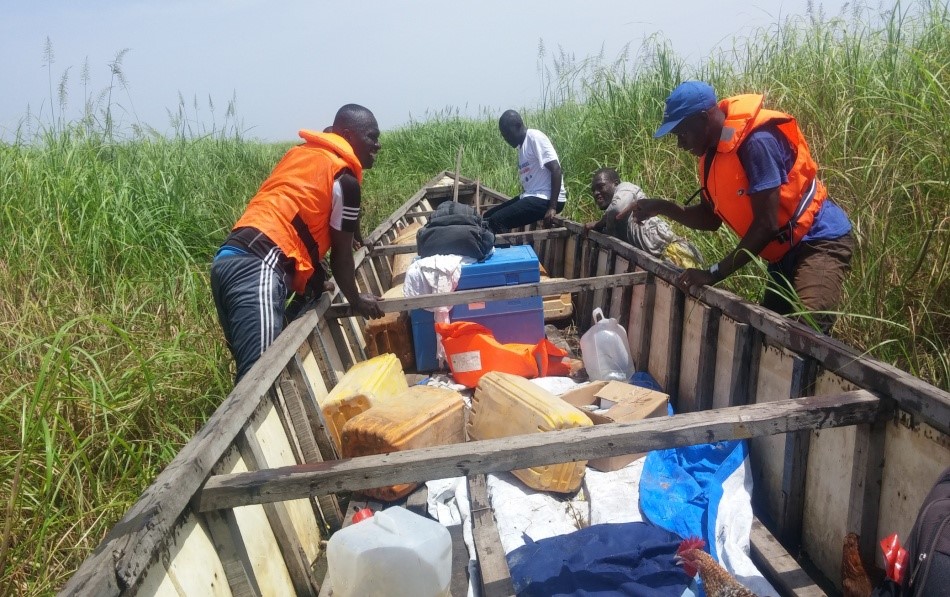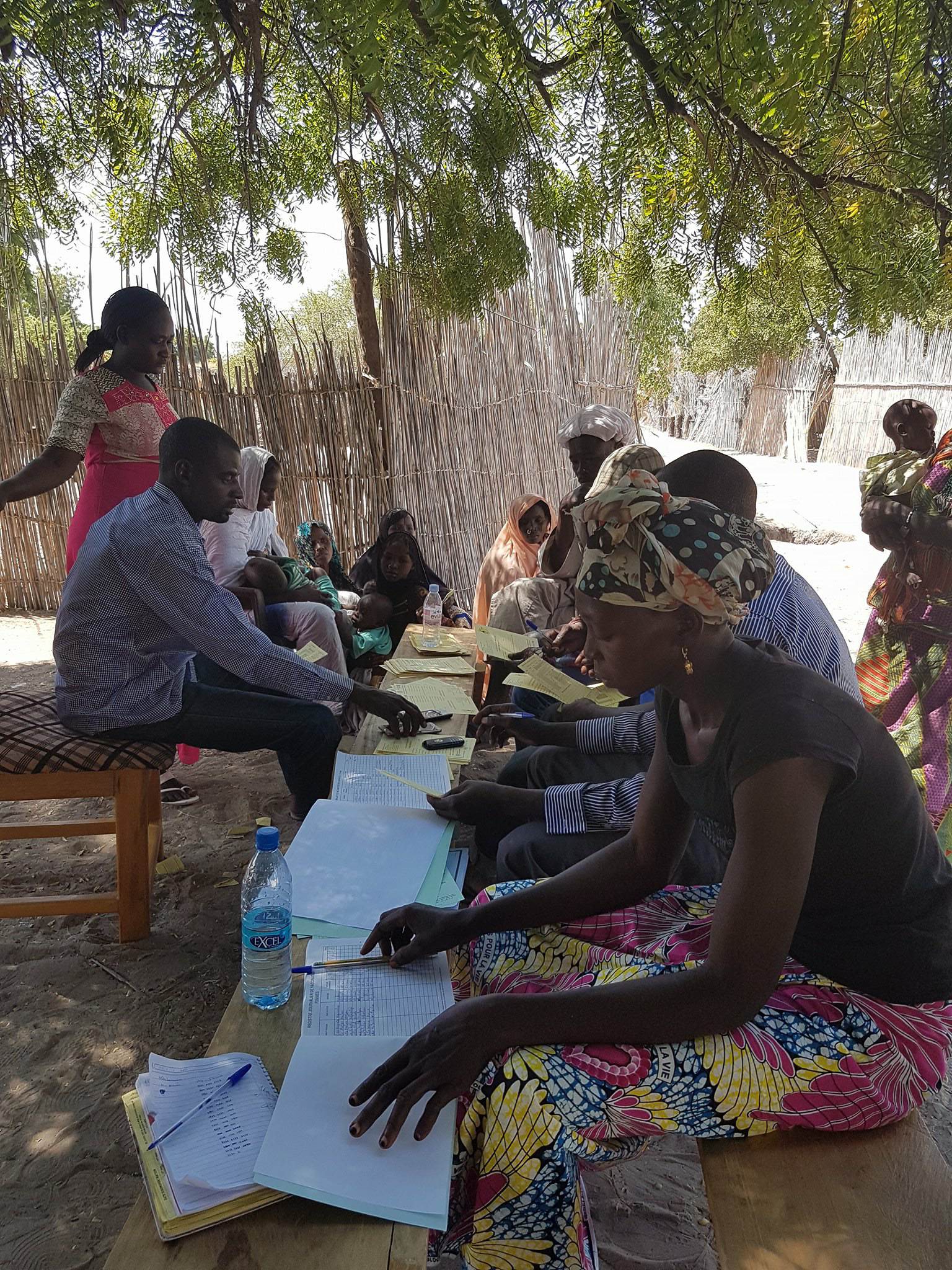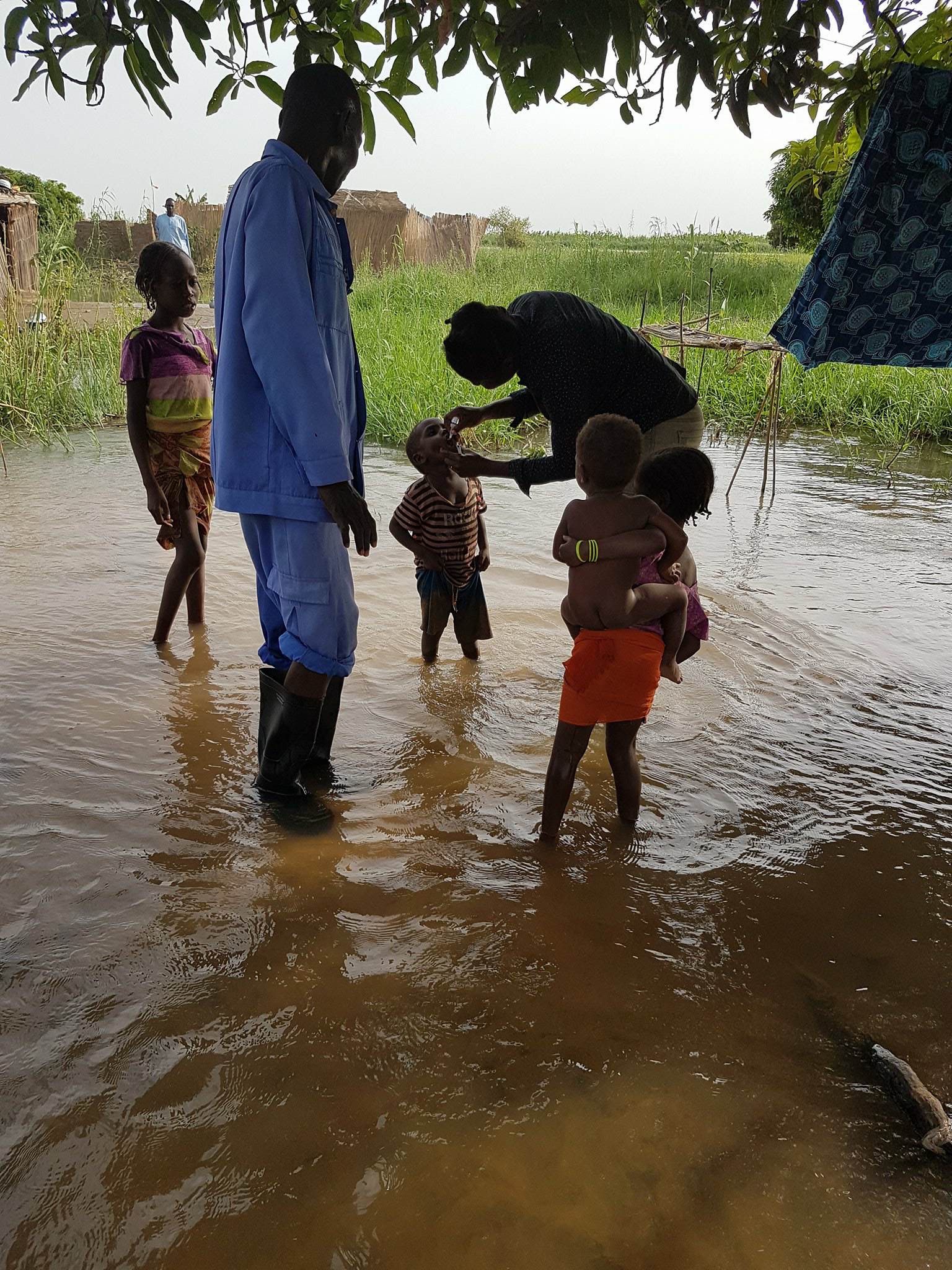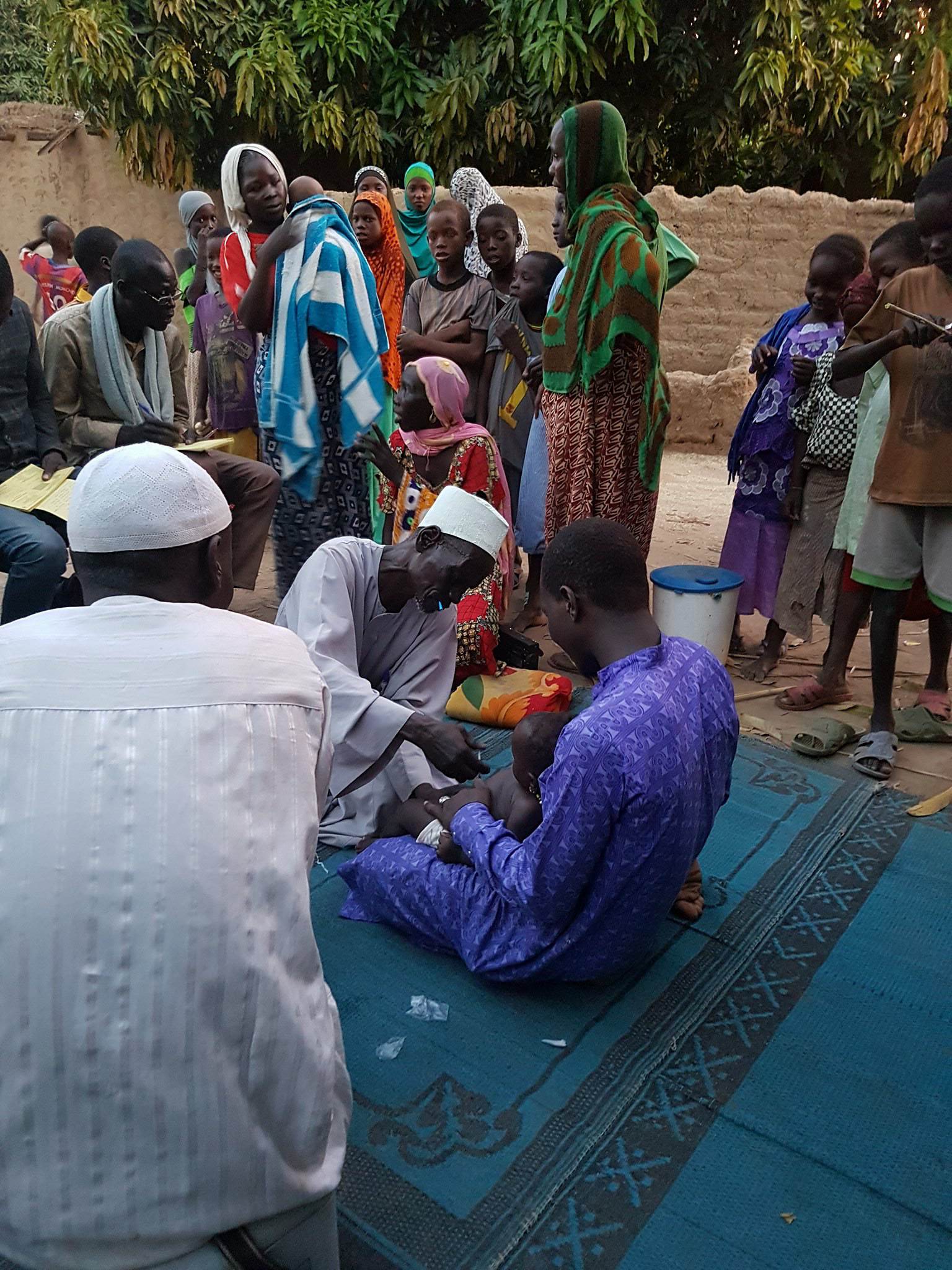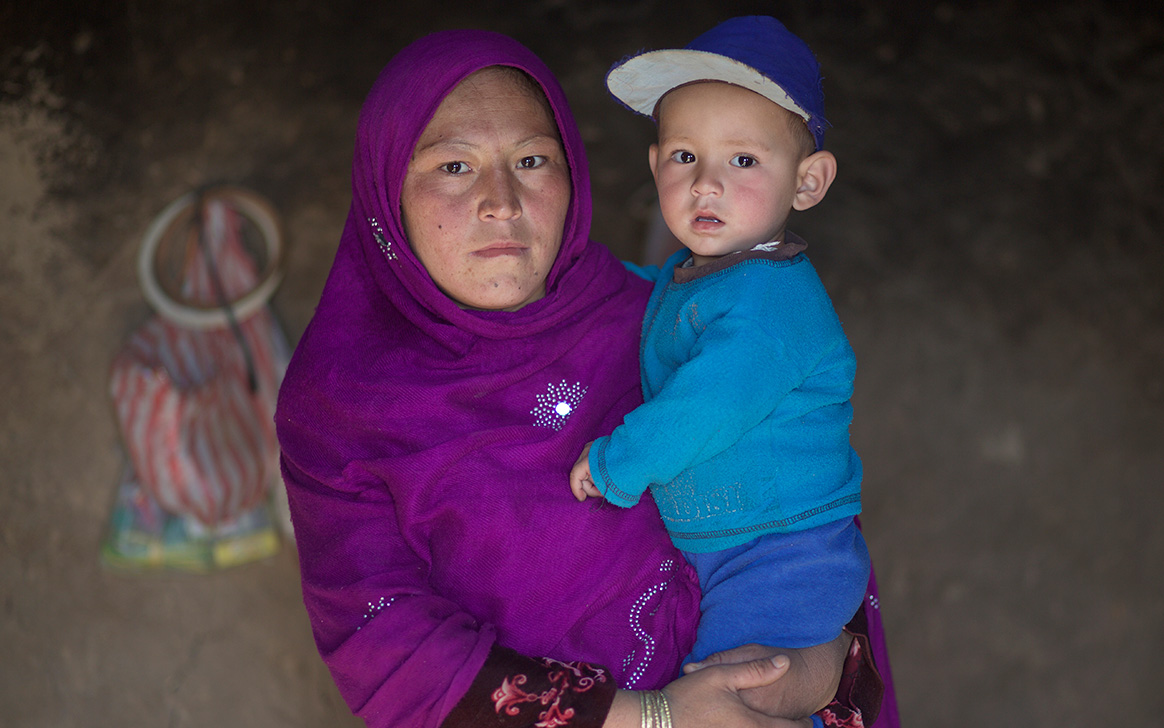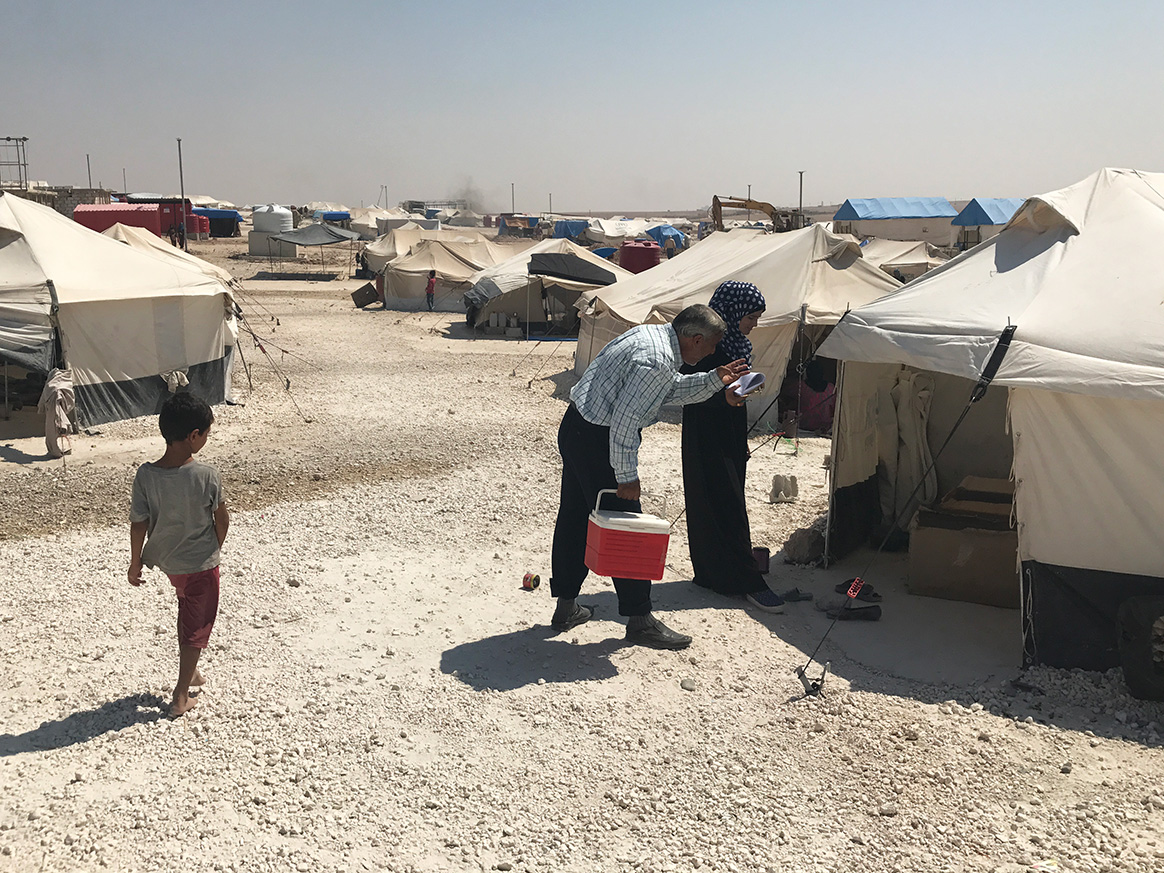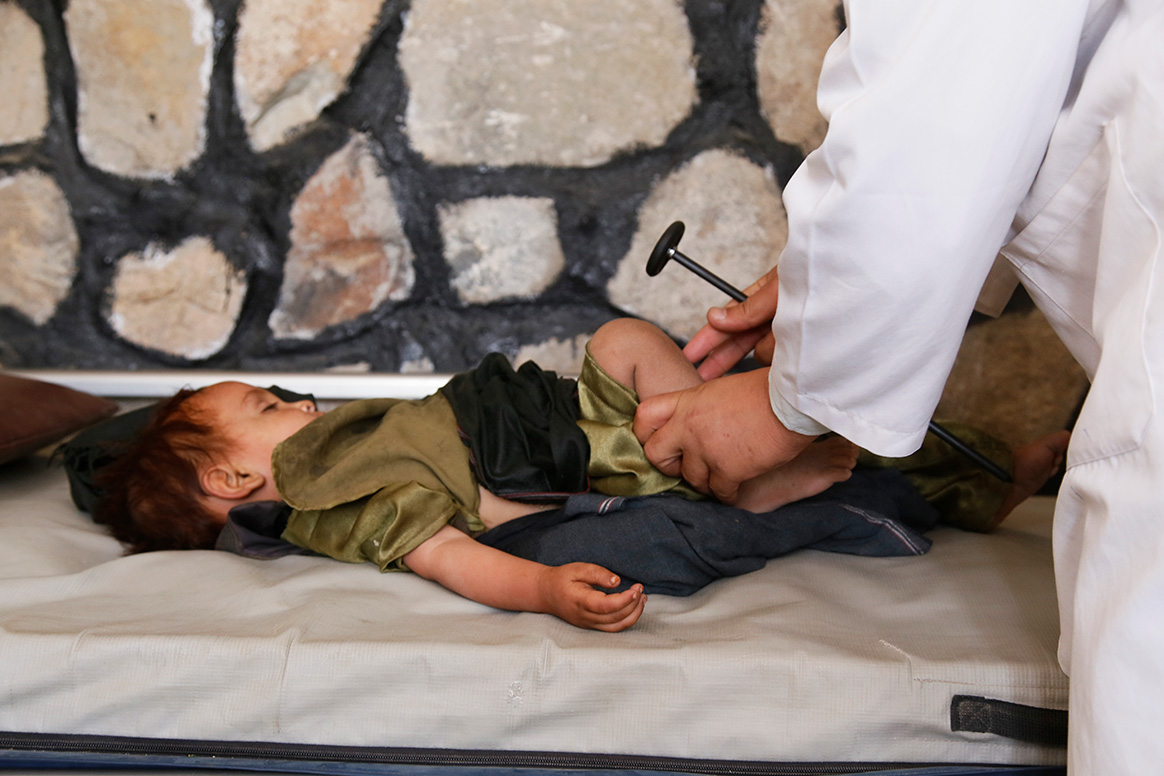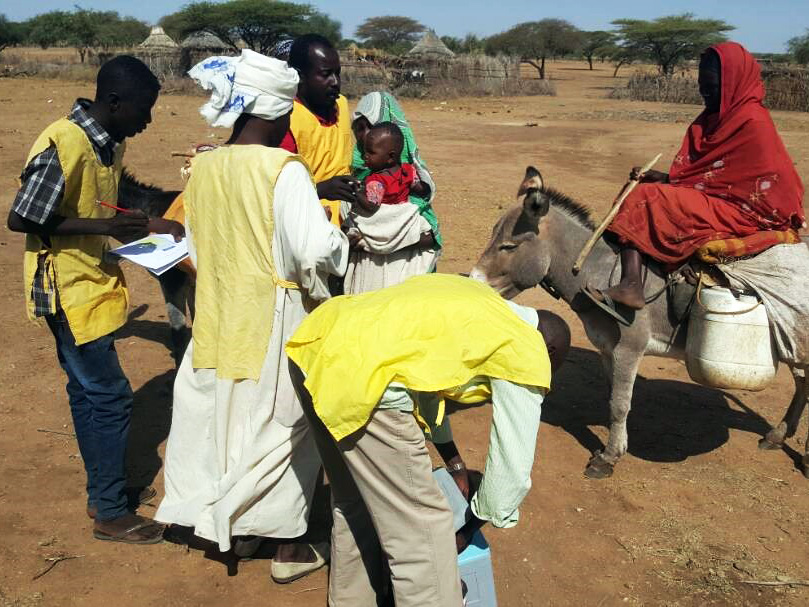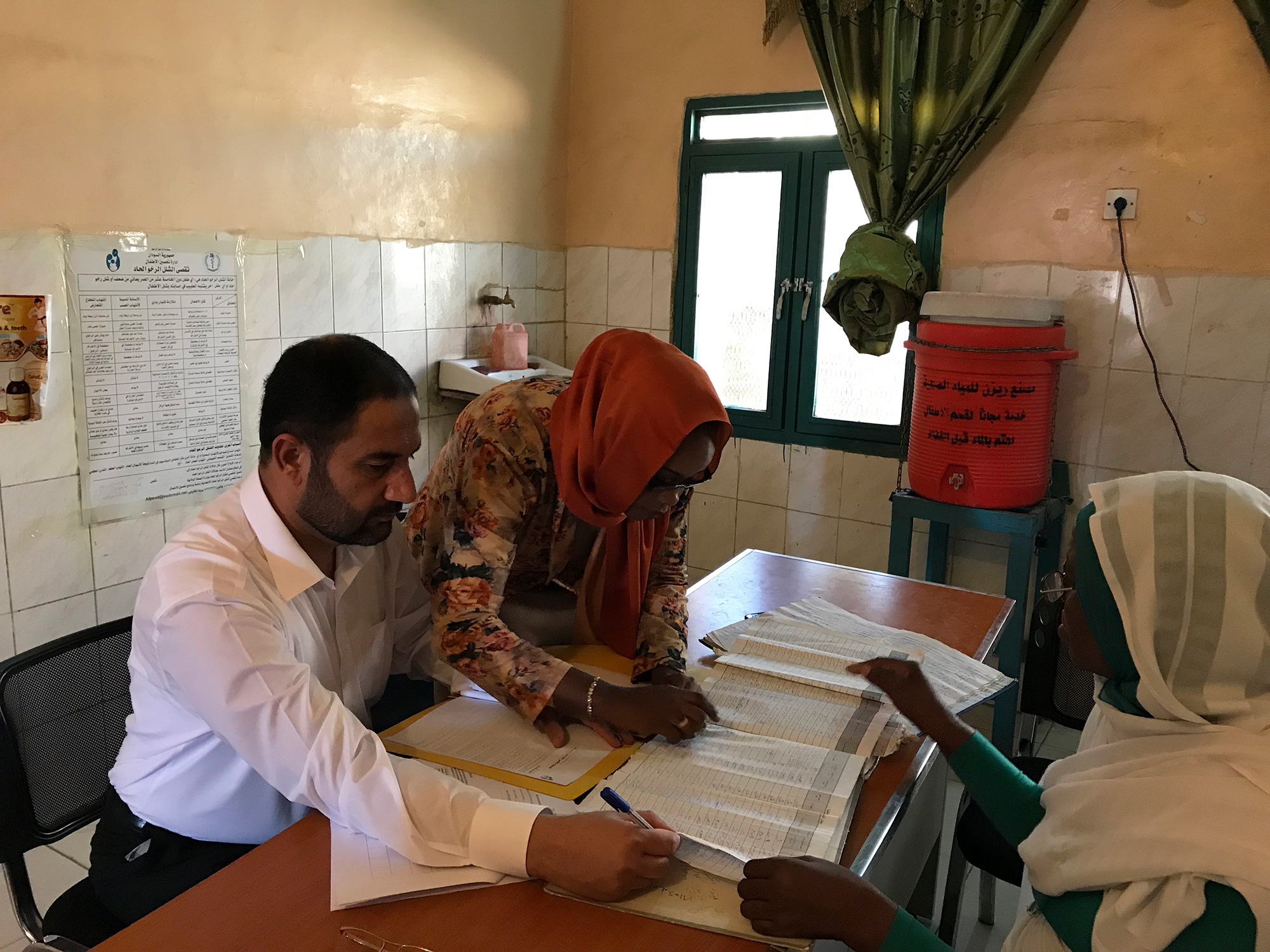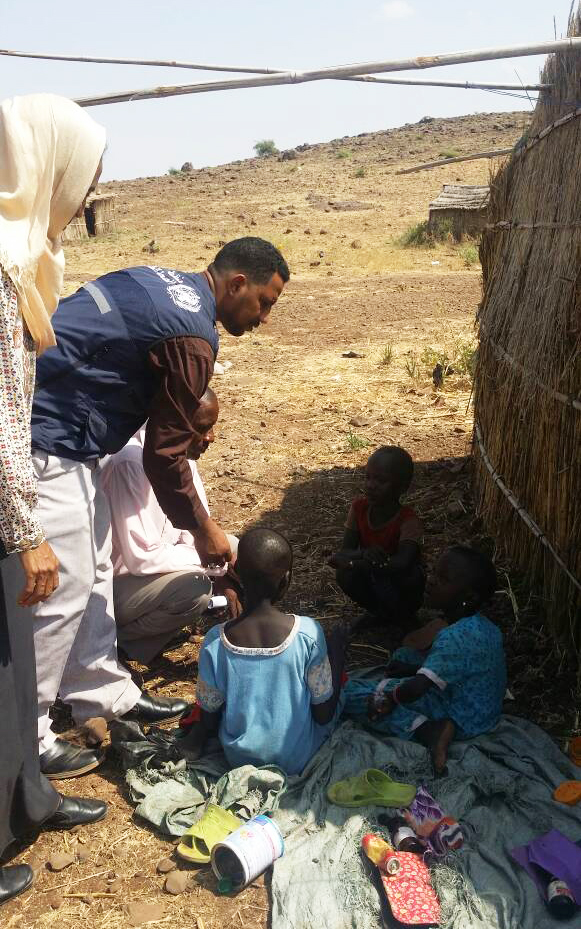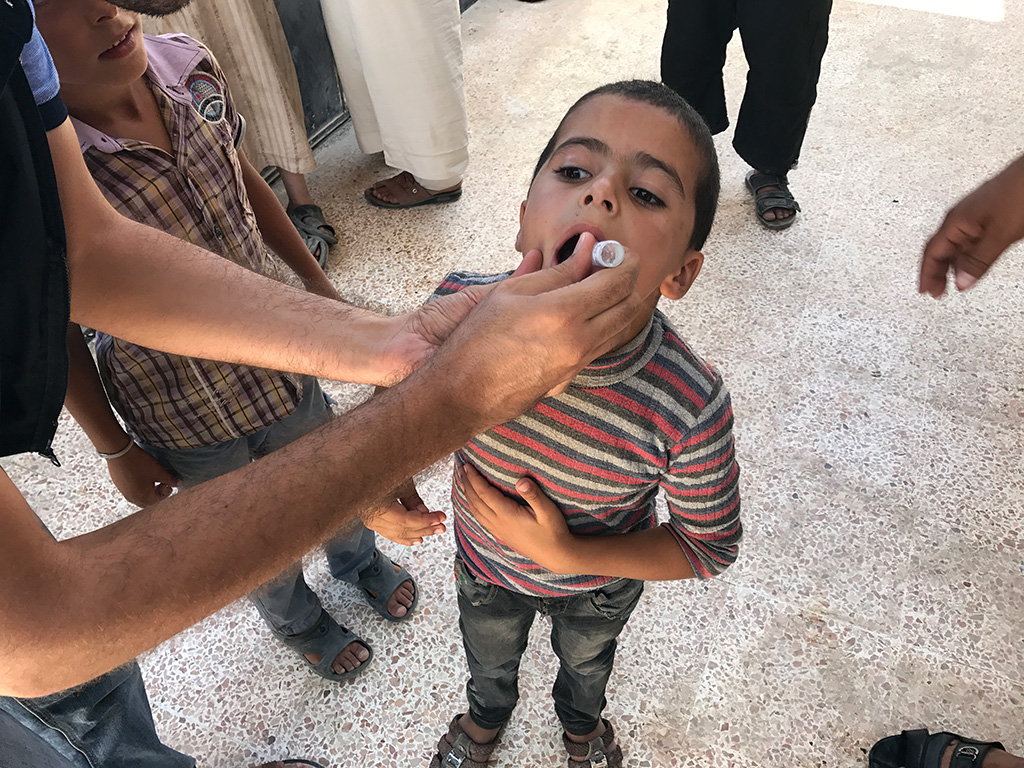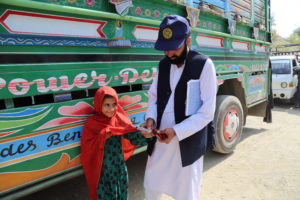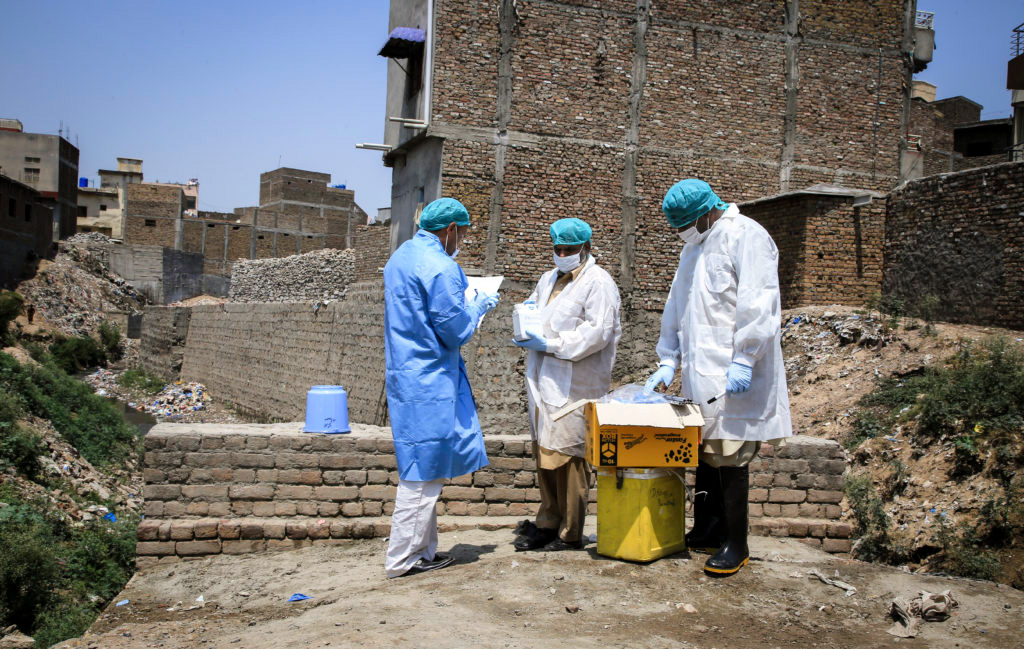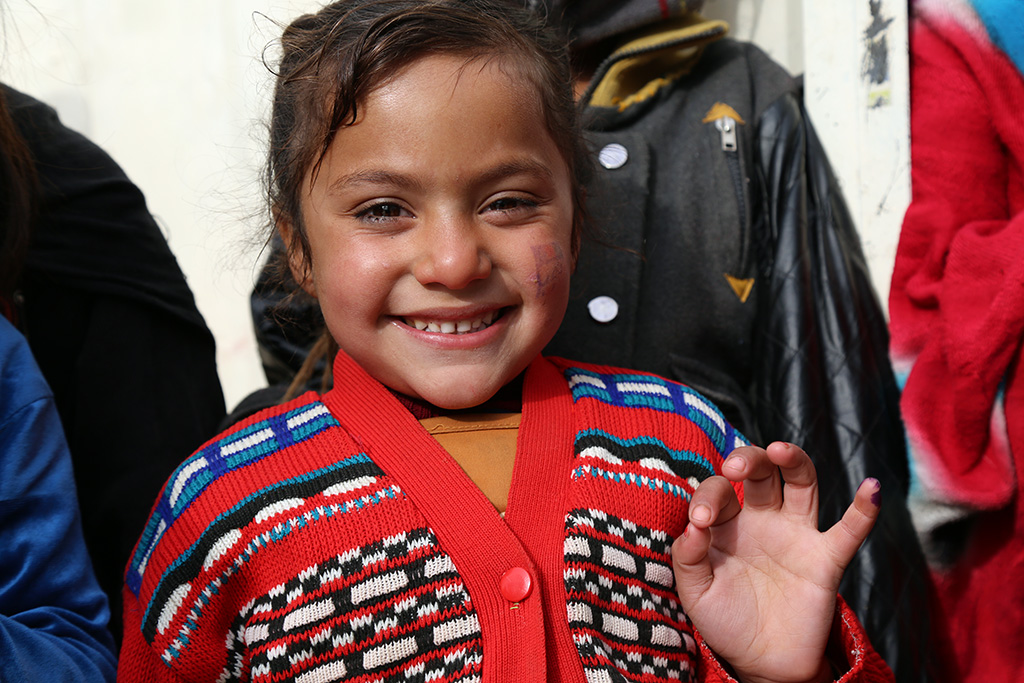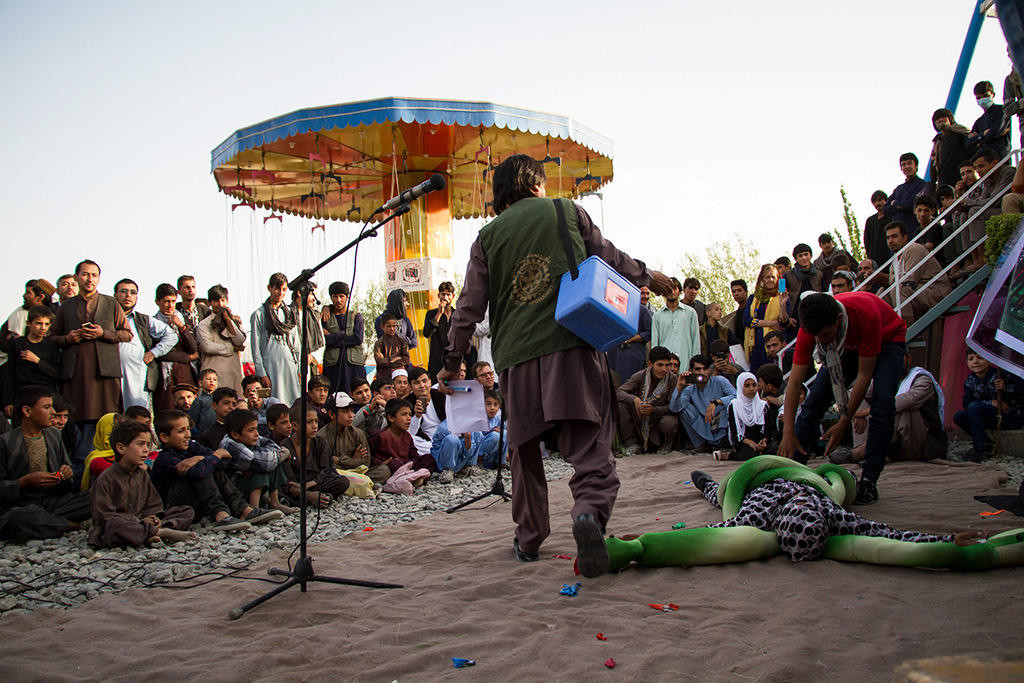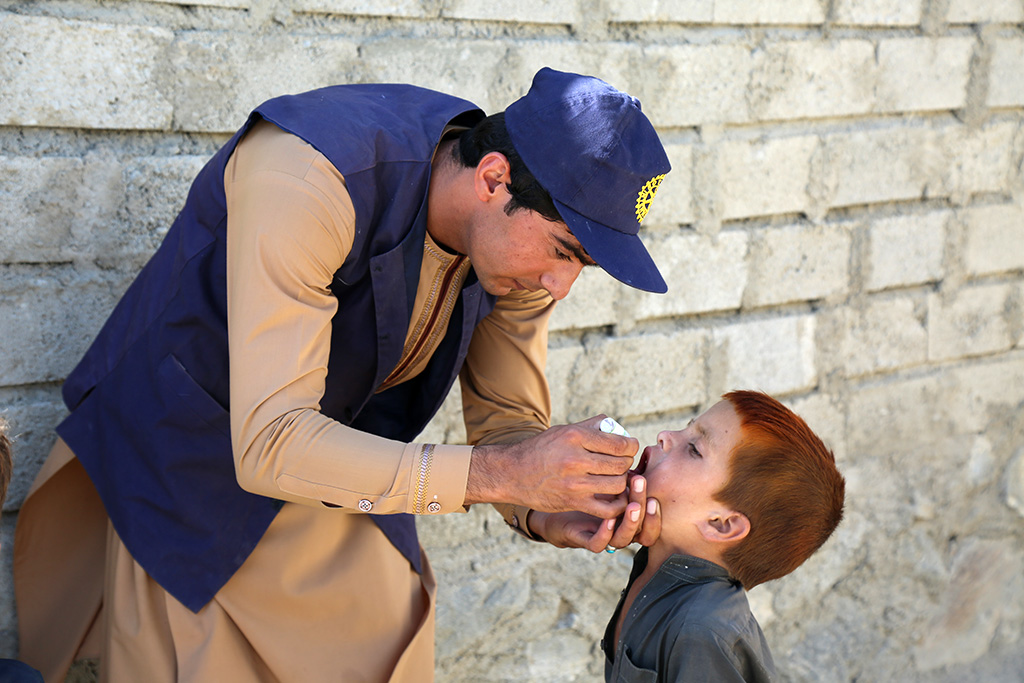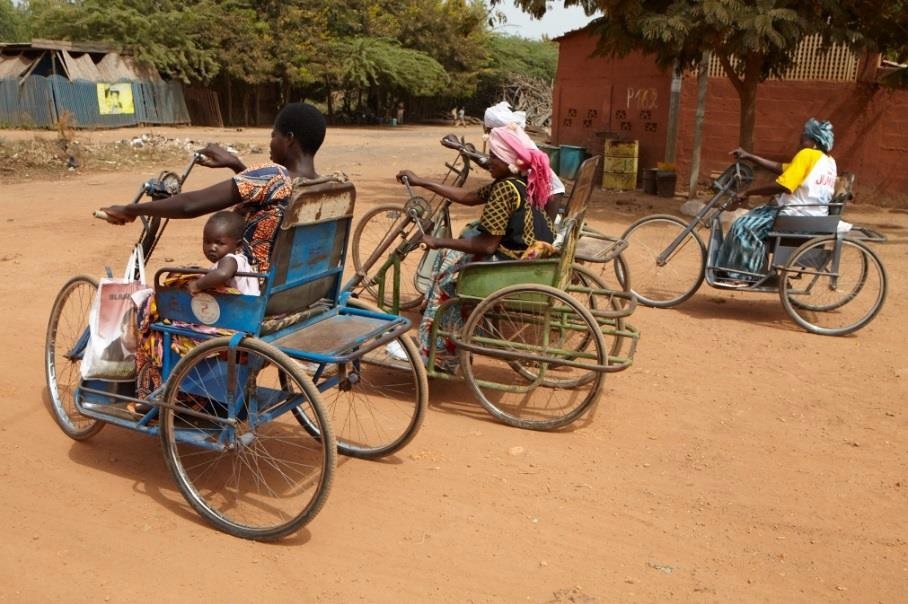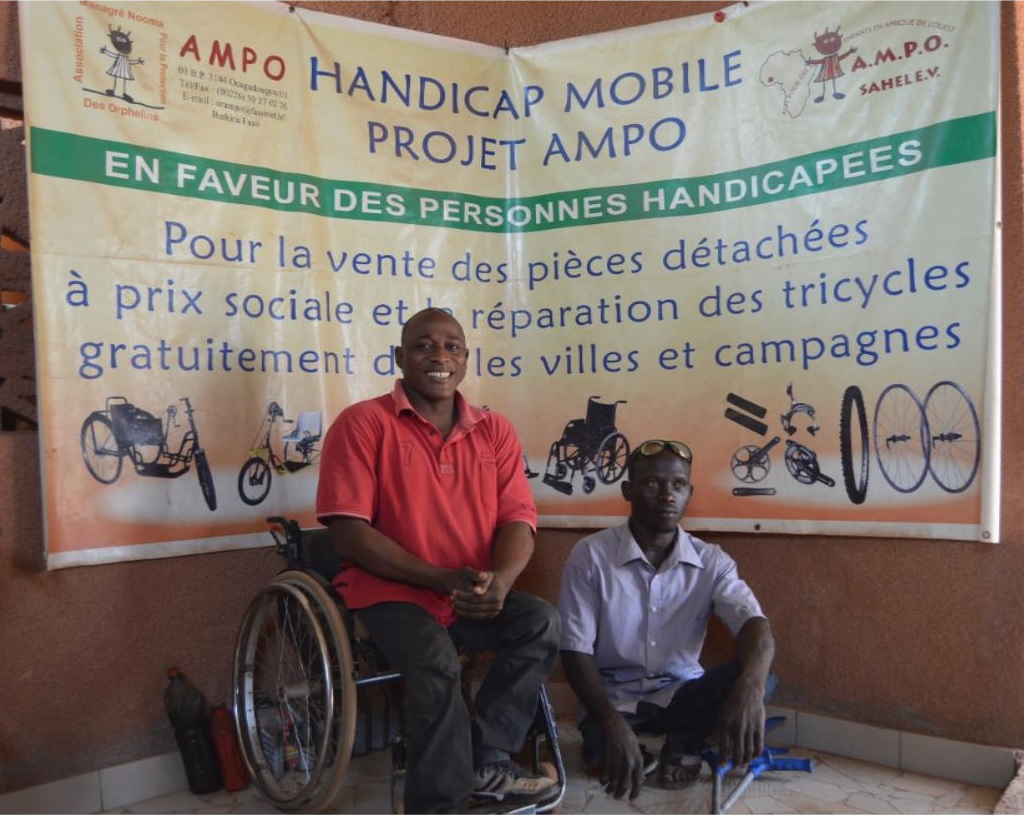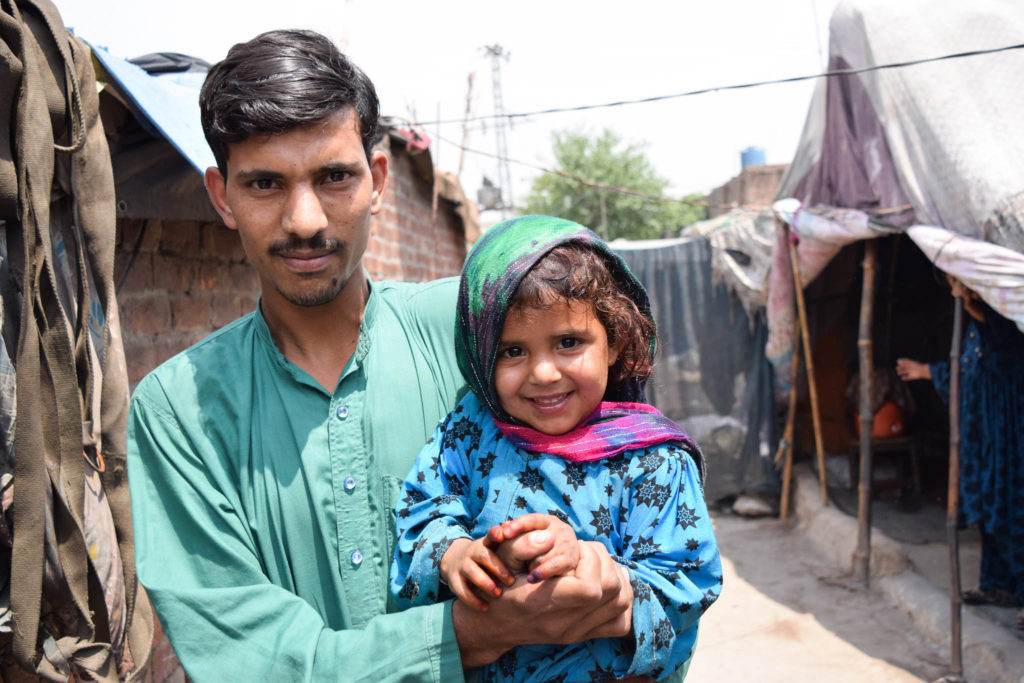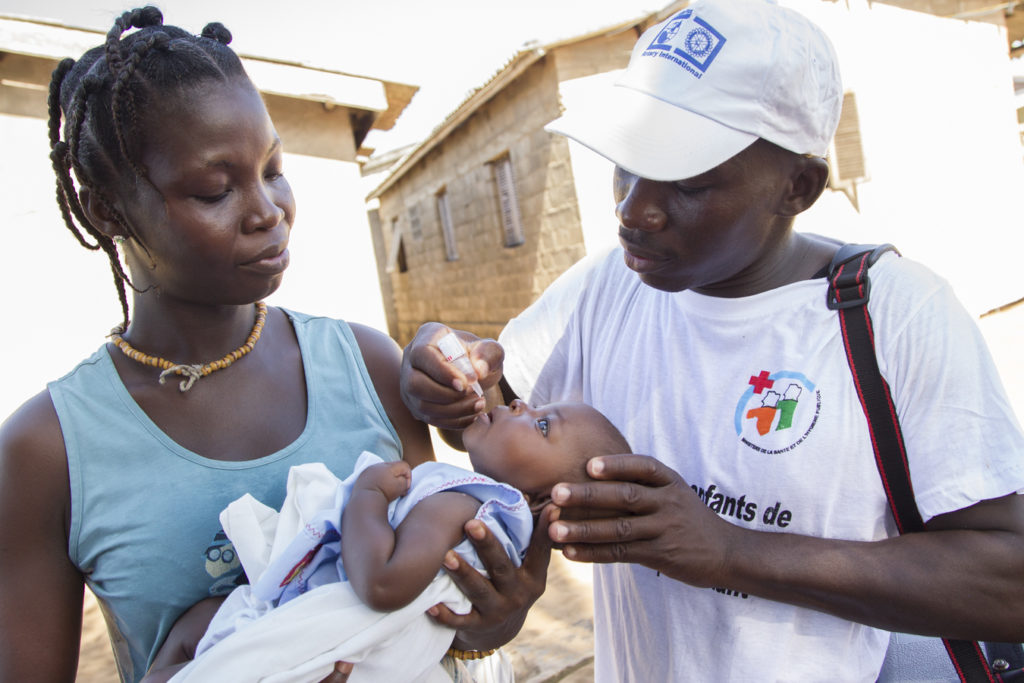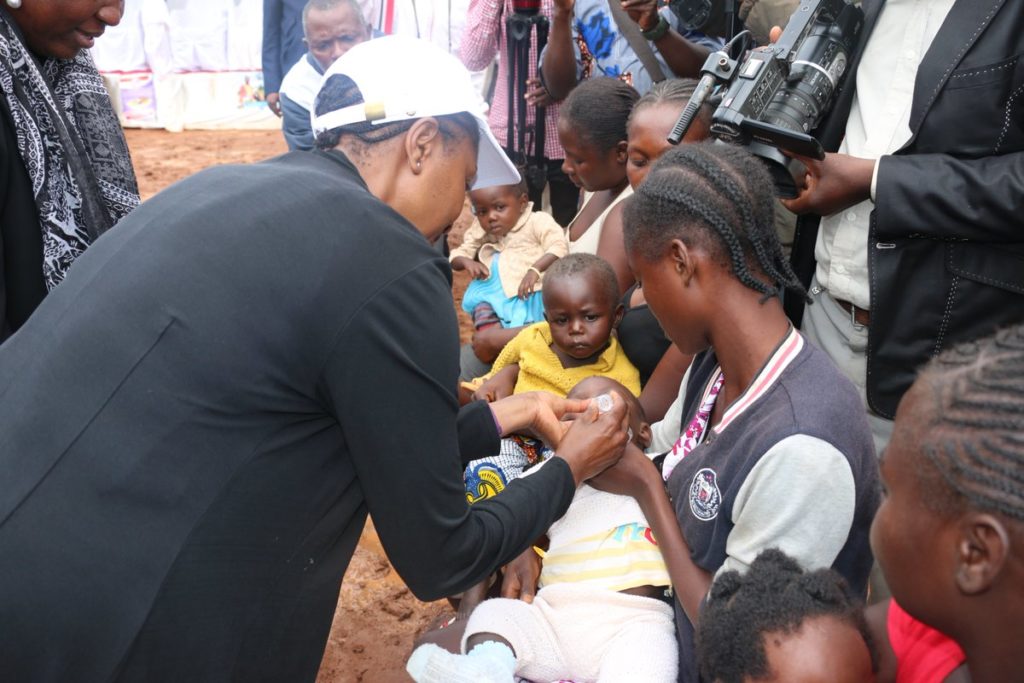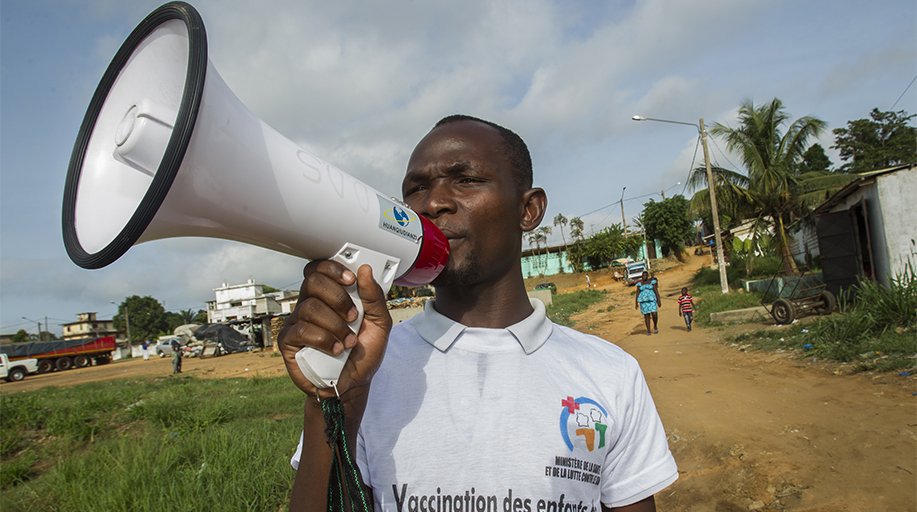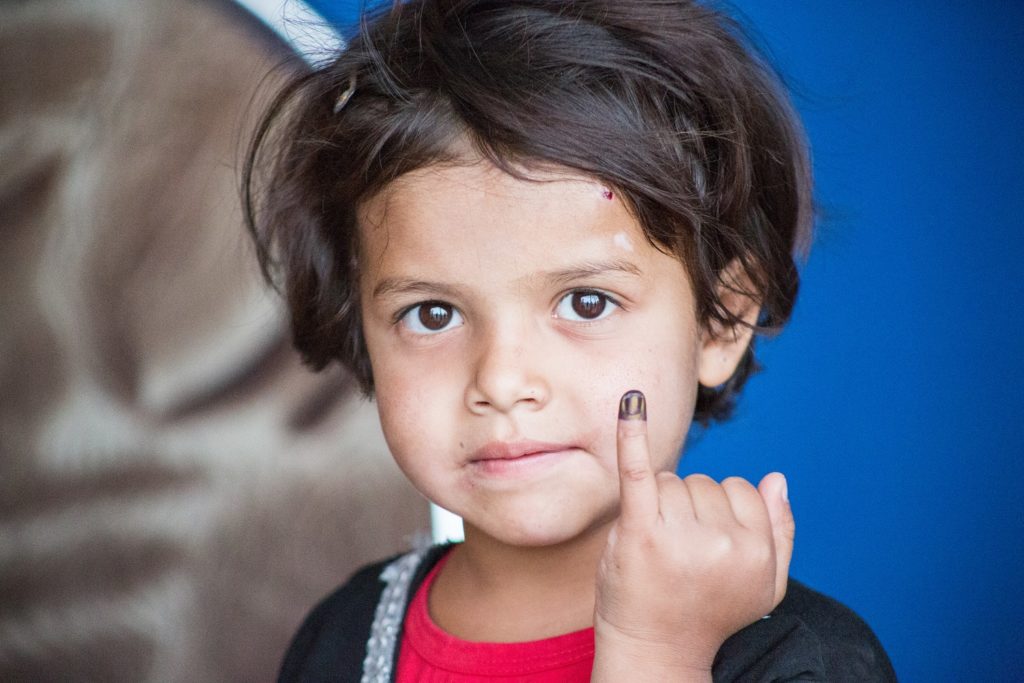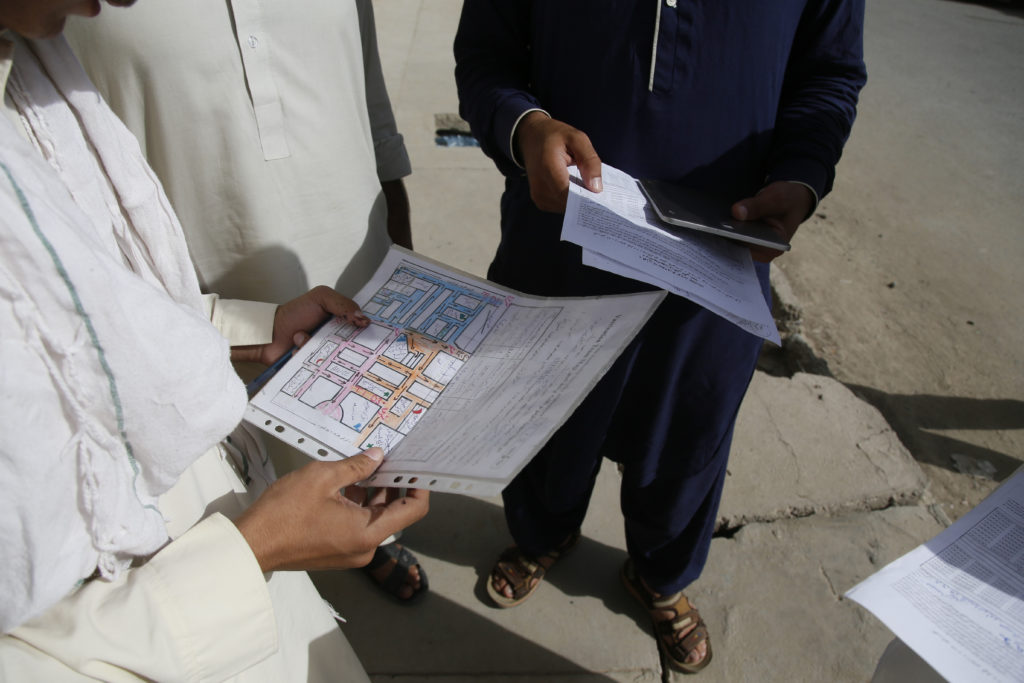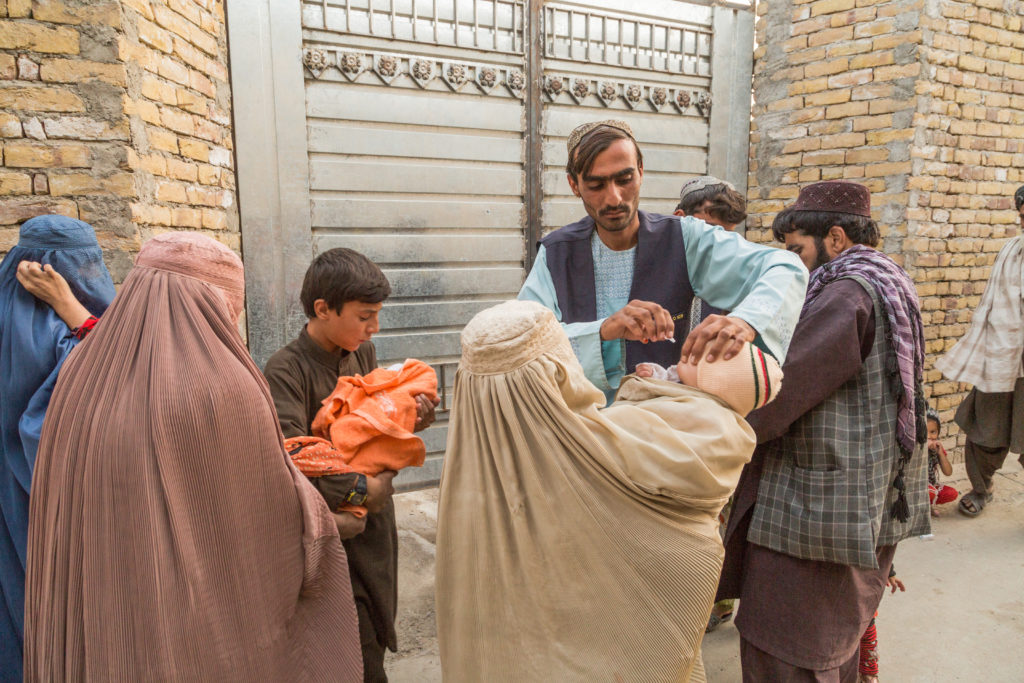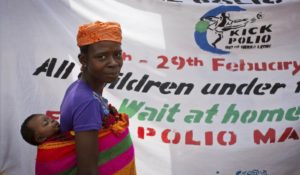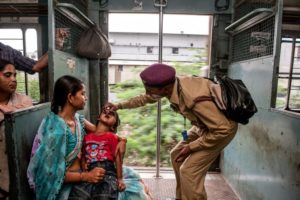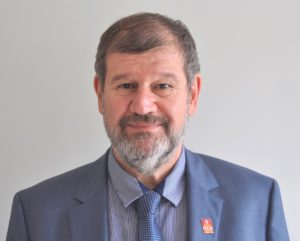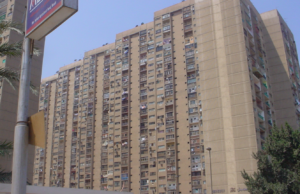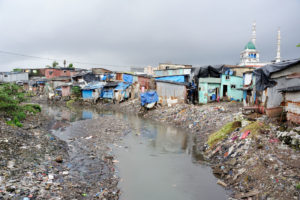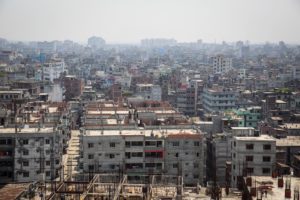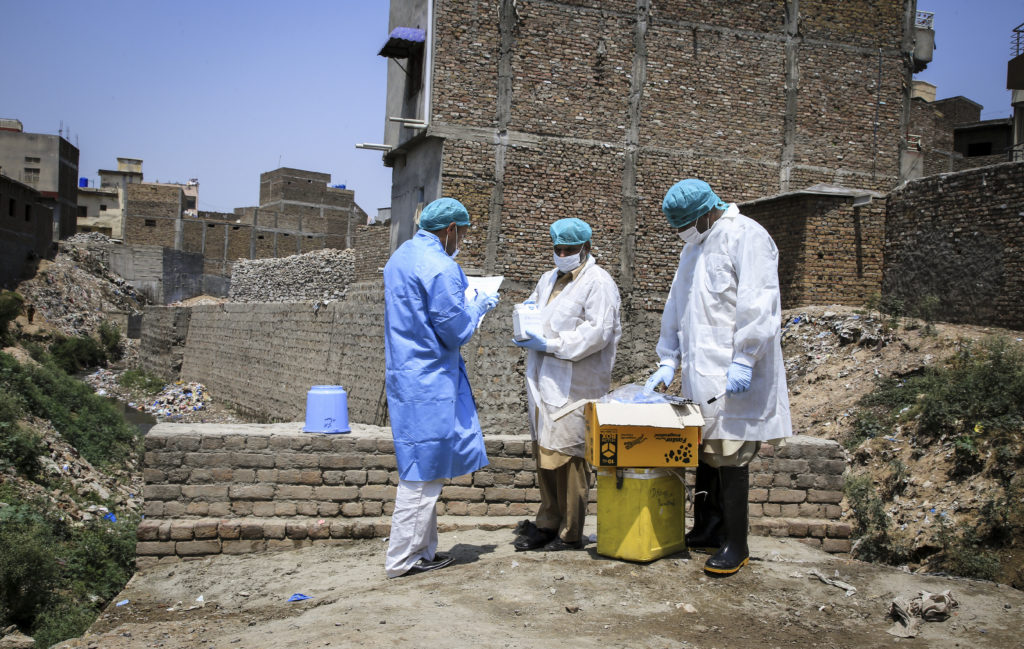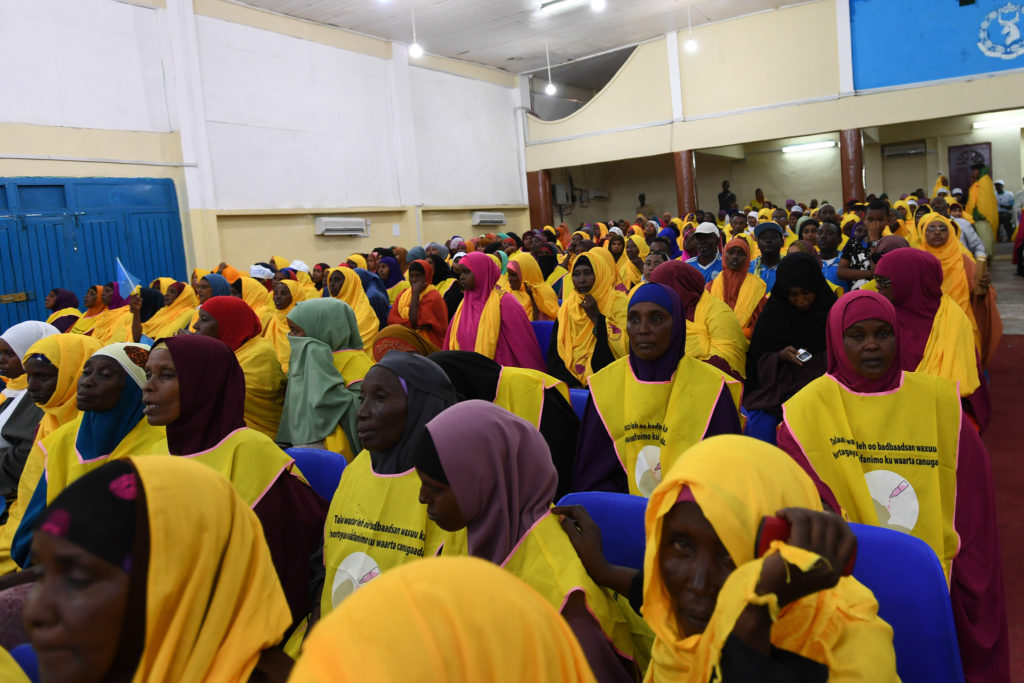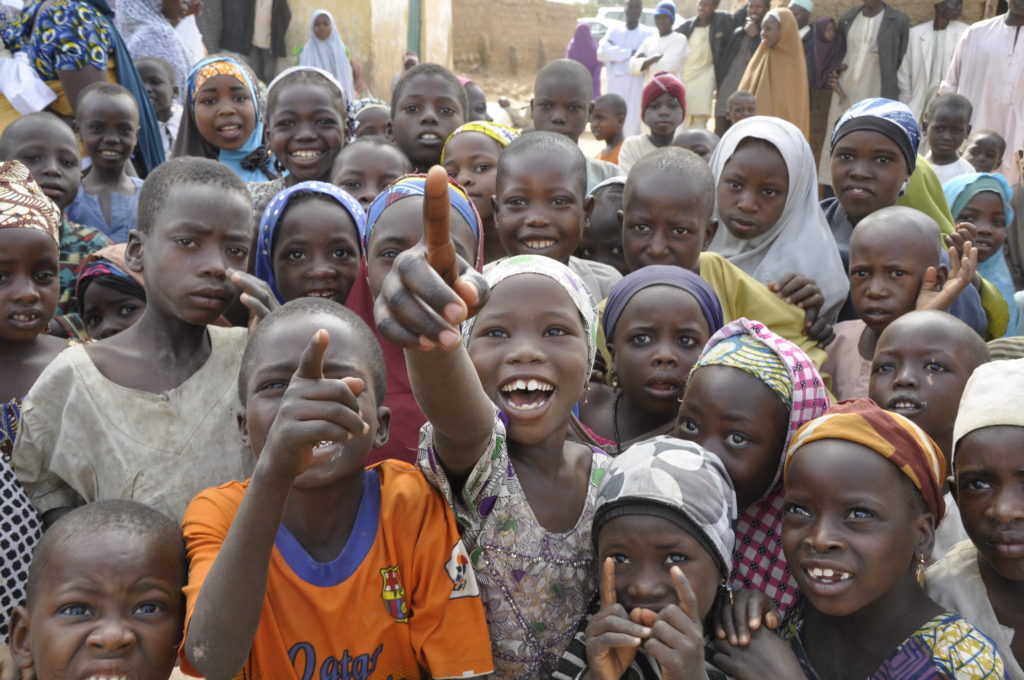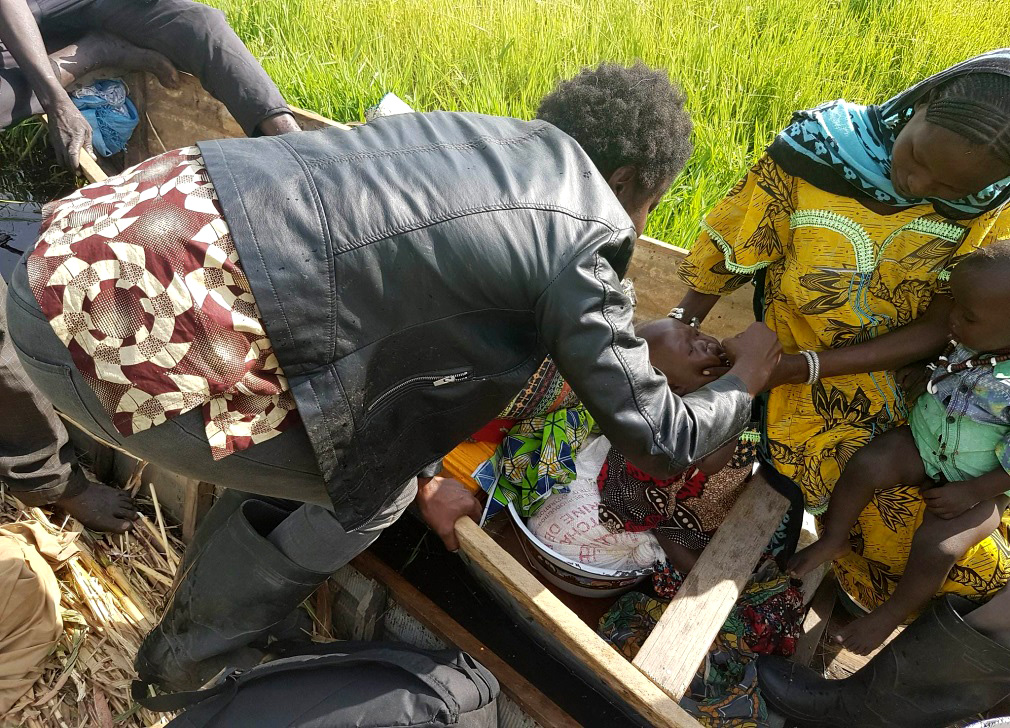
Le jour se lève dans le district sanitaire de Bol, au Tchad, et la Dre Adele commence sa journée. Elle monte dans son canoë et, après avoir jeté un coup d’œil à sa carte, commence un long voyage sur les eaux du lac Tchad. Dans quatre à six heures, se frayant un chemin parmi les roseaux, elle aura atteint une île isolée où les enfants n’ont encore jamais été vaccinés.
La Dre Adele Daleke Lisi Aluma vit dans l’une des régions du monde où la vaccination est la plus difficile. Dans le district de Bol, 45 pourcent des enfants vivent dans des îles isolées et difficiles d’accès où les obstacles géographiques, la violence, l’insécurité et la pauvreté empêchent le plus souvent de prodiguer à la population les services de santé et les autres services publics.
Son travail consiste à surmonter ces obstacles en cherchant chaque enfant non encore vacciné, tout en mettant à profit son expérience pour que le programme fasse le meilleur usage des ressources en vue d’atteindre à chaque fois le plus d’enfants possible.
Un itinéraire à planifier
La première étape de chaque campagne consiste à planifier l’itinéraire. En étudiant les cartes, en en comparant les informations, la Dre Adele et son équipe s’efforcent de trouver la façon la plus efficace d’atteindre les nombreuses îles où les vaccinateurs doivent se rendre.
« L’équipe prévoit souvent ses campagnes lors du marché hebdomadaire, car on peut alors vacciner les enfants qui accompagnent leur mère pour l’achat et la vente des produits de base », explique-t-elle.
Afin que le vaccin soit mieux accepté, la Dre Adele et ses collègues téléphonent aux anciens et aux chefs de village quelques jours avant chaque campagne afin de leur expliquer pourquoi il est si important de se protéger contre la poliomyélite et les autres maladies évitables par la vaccination.
Cette approche permet d’accroître la portée du programme. Auparavant, les vaccinateurs parcouraient parfois de longues distances, pendant de nombreux jours, avant d’arriver sur des îles où se trouvaient en réalité très peu d’enfants. Cela entraînait des gaspillages, les vaccinateurs ne parvenant pas à maintenir, sur le trajet de retour, les vaccins à une température suffisamment froide pour qu’ils puissent profiter à d’autres enfants. Aujourd’hui, une meilleure planification et l’achat de réfrigérateurs solaires pour le stockage des vaccins contribuent à résoudre le problème.
« Pour tirer le maximum d’une session de vaccination, nous devons nous assurer que nos opérations sur le terrain soient efficientes et efficaces, en manquant le moins possible d’occasions », ajoute-t-elle.
Un voyage difficile
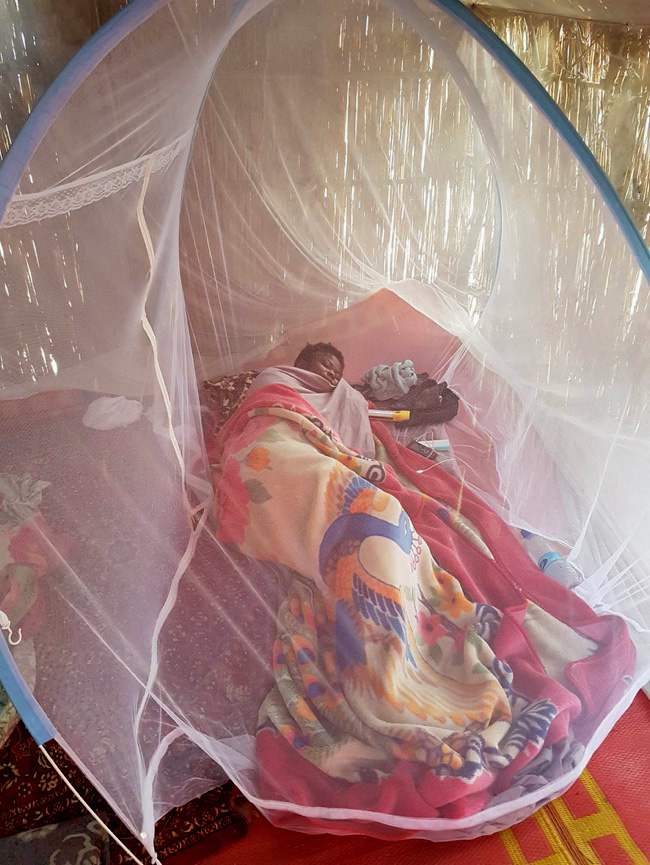
Le lac Tchad n’est pas un plan d’eau dégagé : les voies navigables y sont entravées par des roseaux et des arbres et par la vie animale. Pour atteindre les îles, la Dre Adele utilise un canoë, naviguant adroitement dans ces eaux difficiles pendant plusieurs heures. Les équipes doivent faire preuve de la plus grande vigilance. Il leur faut avancer, maintenir les vaccins au froid et éviter les piqûres d’insectes, voire les rencontres avec les hippopotames.
Malgré ces difficultés, elle trouve son travail extrêmement gratifiant.
« À chaque fois que j’atteins un village isolé, je me sens plus motivée que jamais à poursuivre mon action. »
Opérationnelle dès son arrivée
Dès qu’elle est arrivée sur l’île, la Dre Adele commence à vacciner. La majorité des enfants qui vivent dans des villages insulaires isolés ont reçu moins de trois doses de vaccin antipoliomyélitique oral, et sont donc vulnérables face au virus. La Dre Adele s’efforce de protéger chacun d’eux.
Un membre de la famille proche de la Dre Adele a été touché par la poliomyélite et cette expérience est pour elle un véritable moteur. Auparavant, elle a participé à des campagnes de vaccination et à la surveillance épidémiologique de cette maladie en République démocratique du Congo et en Haïti, dans le cadre d’une carrière qui l’a menée partout dans le monde.
Des résultats tangibles
À chaque campagne, la Dre Adele vaccine des centaines d’enfants, mais recherche également des signes du virus.
Lors d’un récent déplacement dans les îles, elle et son équipe ont découvert un enfant atteint de paralysie flasque aiguë, un signe potentiel de poliomyélite, qui n’avait pas été signalé au réseau de surveillance de la maladie. Il s’est finalement avéré que l’enfant n’avait pas la poliomyélite, mais cet exemple montre que le programme doit absolument continuer d’intervenir dans ces zones difficiles d’accès, de vacciner les enfants et d’inciter les communautés à signaler tout cas présumé.
La Dre Adele contribue d’ores et déjà à renforcer la surveillance en formant les habitants de chaque village à reconnaître les signes d’un cas de poliomyélite potentiel.
Elle prévoit également de futurs déplacements : « Nous pensons revenir bientôt encadrer et accompagner les équipes de vaccination dans les zones insulaires. »
Ces efforts sont indispensables pour atteindre les communautés les plus isolées du lac Tchad.
